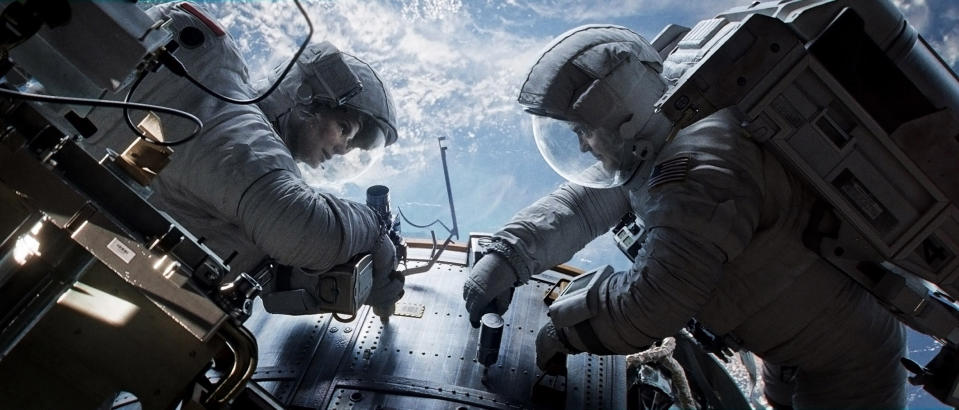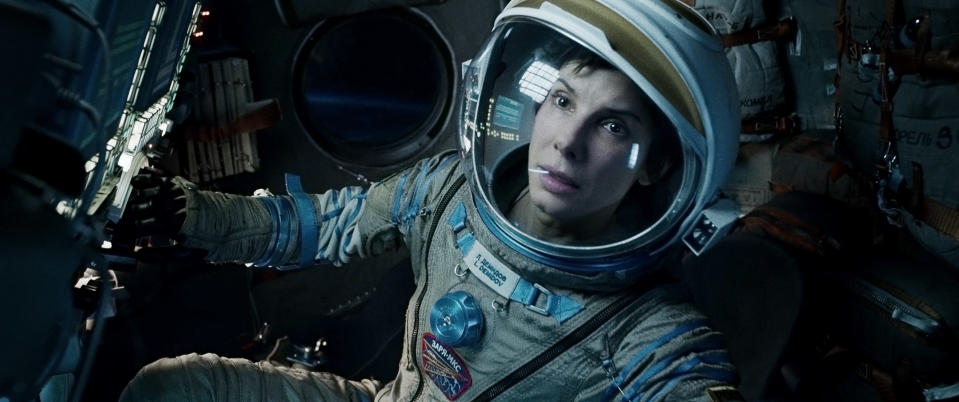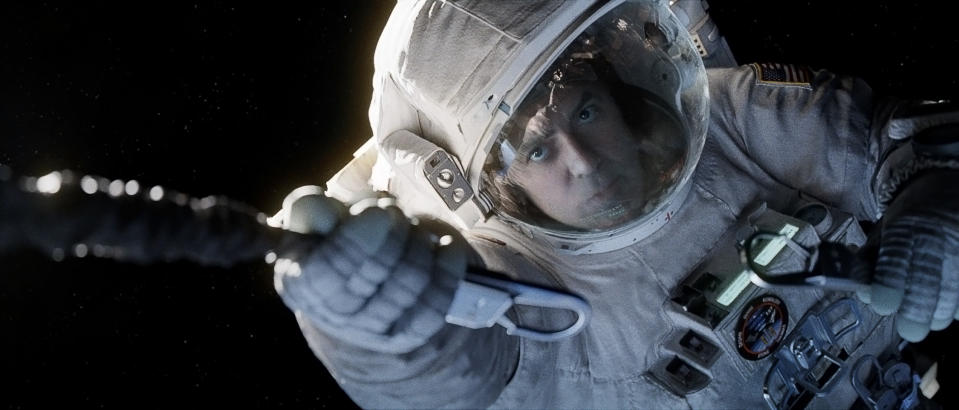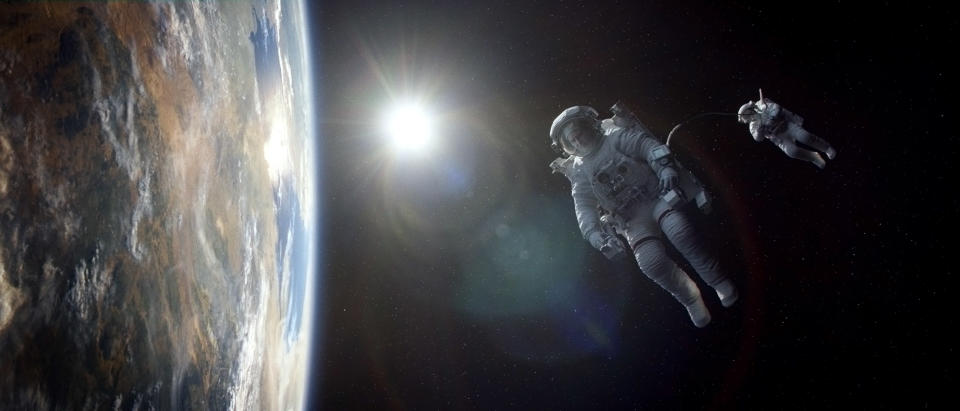'Gravity' slammed by astrophysicist for inaccuracies
"Gravity," Alfonso Cuarón's 3-D space epic starring Sandra Bullock and George Clooney, soared to the top of the North American box office on its opening weekend, earning $55.8 million — the biggest October opening of all time, according to the Hollywood Reporter — and raves from critics.
But according to world-renowned astrophysicist Neil deGrasse Tyson, the film is littered with inaccuracies in its depiction of space.
For example, Tyson wrote on Twitter, why was Bullock's hair, "in otherwise convincing" zero-gravity scenes, not floating "freely on her head"?
Tyson, who saw the movie on Sunday, continued the rant/review in a series of tweets to his 1.4 million followers.
The film #Gravity should be renamed "Zero Gravity"
— Neil deGrasse Tyson (@neiltyson) October 6, 2013
Mysteries of #Gravity: Why Bullock, a medical Doctor, is servicing the Hubble Space Telescope.
— Neil deGrasse Tyson (@neiltyson) October 6, 2013
Mysteries of #Gravity: How Hubble (350mi up) ISS (230mi up) & a Chinese Space Station are all in sight lines of one another.
— Neil deGrasse Tyson (@neiltyson) October 6, 2013
Mysteries of #Gravity: When Clooney releases Bullock's tether, he drifts away. In zero-G a single tug brings them together.
— Neil deGrasse Tyson (@neiltyson) October 6, 2013
Mysteries of #Gravity: Why Bullock's hair, in otherwise convincing zero-G scenes, did not float freely on her head.
— Neil deGrasse Tyson (@neiltyson) October 6, 2013
Mysteries of #Gravity: Nearly all satellites orbit Earth west to east yet all satellite debris portrayed orbited east to west
— Neil deGrasse Tyson (@neiltyson) October 6, 2013
Mysteries of #Gravity: Satellite communications were disrupted at 230 mi up, but communications satellites orbit 100x higher.
— Neil deGrasse Tyson (@neiltyson) October 6, 2013
Mysteries of #Gravity: Why we enjoy a SciFi film set in make-believe space more than we enjoy actual people set in real space
— Neil deGrasse Tyson (@neiltyson) October 6, 2013
FYI: Angular Momentum -- The tendency, once set rotating, to keep rotating, unless another force acts to slow or stop it.
— Neil deGrasse Tyson (@neiltyson) October 7, 2013
Mysteries of #Gravity: Astronaut Clooney informs medical doctor Bullock what happens medically during oxygen deprivation.
— Neil deGrasse Tyson (@neiltyson) October 7, 2013
Tyson was not alone in his criticism. "Gravity" was picked apart by several members of the scientific community.
"The way I am seeing it, the shuttle was wings level, payload bay up (Z), right wing into the orbital velocity vector (X direction of travel), nose in Y," Michael Interbartolo III, a NASA Mission Control veteran, wrote on Blastr.com. "The Micrometeoroid and Orbital Debris [MMOD] (though most were not really micro Meteoroid) impact puts it into a roll about Y with it still traveling in the velocity vector X, and why are the Forward and Aft reaction control jets not firing to damp the ramp since they were intact in the trailer? When the Remote Manipulator System (RMS, the Shuttle robotic arm) breaks, it was rolling and moving forward with the shuttle, but then with the camera and the Earth in the background the arm goes into a radial direction (Z) away from the earth (thus the opening rate between the shuttle and RMS making it seem like the shuttle is plunging down) with a tumble about the radial axis (now a roll about X).
"I am all for an entertaining movie, but when I go into a Michael Bay 'Armageddon' movie I know to turn the brain off," Interbartolo added. "This one tries to pass itself off as something more than that, but to me, it is the same flash and sizzle with a pretty lax understanding of orbital mechanics and spaceflight operations."
Others, though, were more forgiving.
"I love sci-fi movies but hate it when the science is needlessly trampled by the fiction," Tony Rice, a NASA volunteer, wrote in a blog post. "There are no such problems in Alfonso Cuarón’s immersive science-fiction action thriller 'Gravity.' The film gets so much right, so little wrong and only gets the sci wrong when the fi demands it."
Cuarón, for his part, said that he expected the criticism.
"This is not a documentary," the director told collectSPACE.com. "It is a piece of fiction."
And even Tyson conceded he enjoyed the film despite its flaws.
My Tweets hardly ever convey opinion. Mostly perspectives on the world. But if you must know, I enjoyed #Gravity very much.
— Neil deGrasse Tyson (@neiltyson) October 7, 2013







